NOTE: the weekly-frame-cover-img-container Grid Row block is HIDDEN on mobile devices and only visible on desktop; while the first actual photo and caption (below the intro) are HIDDEN on desktop and only visible on mobile devices.
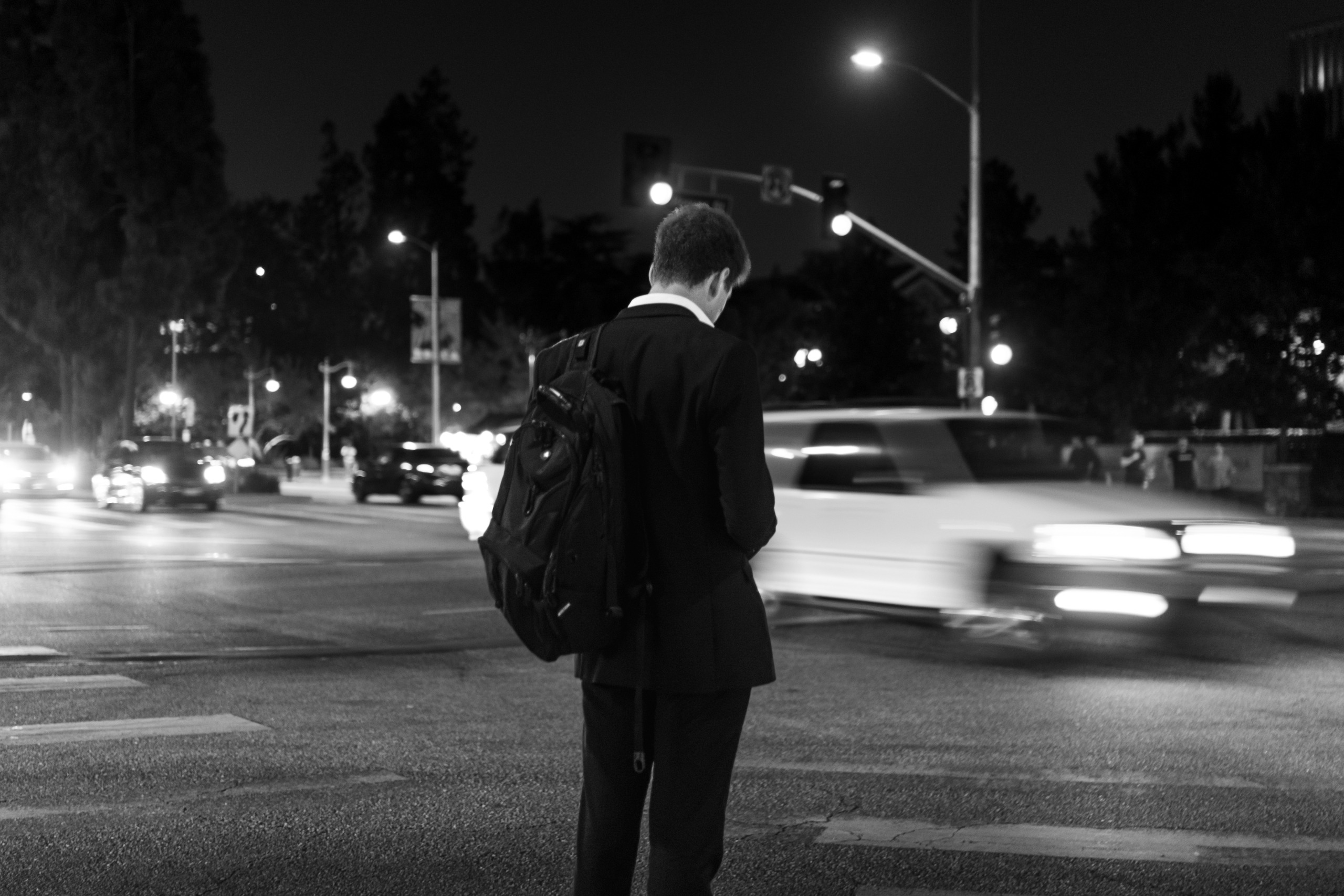
“Down these streets a man must go…” — “The Simple Art of Murder” (Ana Hunter / Daily Trojan)
THE WEEKLY FRAME II — WEEK 3
Noir
Photos by ANA HUNTER, KAYDEN-HARMONY GREENSTEIN & MARYAM RAHIMIE
Words by HENRY KOFMAN
A strong, bright, white light blinds the viewer; all discriminating sight ceases, rendering the observer without perspective or understanding. Deep music plays. In the blaring light, the silhouette of a man with crutches emerges. Hunched over, he limps toward the camera. He appears to be wearing a long coat and brimmed hat. This is the opening scene of the Billy Wilder film “Double Indemnity,” (1944) a quintessential film noir.
Film noir is a term coined in the 1940s by French critic Nino Frank. Noir, a word literally translating to “black,” is a term used to describe Hollywood crime dramas, especially those of the 1940s and ’50s.
This genre is unique in that it is not only recognized by its themes and story, but largely by its visual aesthetics as well. The visual aesthetics of noir draw from the German Expressionism movement of the early 1900s through the use of low-key lighting – oftentimes creating a chiaroscuro effect, which emphasizes stark contrasts between the light and dark on screen.
Noir still lives in the world today through “The Batman” (2022), “Nightcrawler” (2014), most of Tim Burton’s films and now “The Weekly Frame.” Staff photographers Ana Hunter, Kayden-Harmony Greenstein and Maryam Rahimie set out to photograph the iconic look of noir for this week’s edition.
HENRY KOFMAN
Photo Editor

“Down these streets a man must go…” — “The Simple Art of Murder” (Ana Hunter / Daily Trojan)
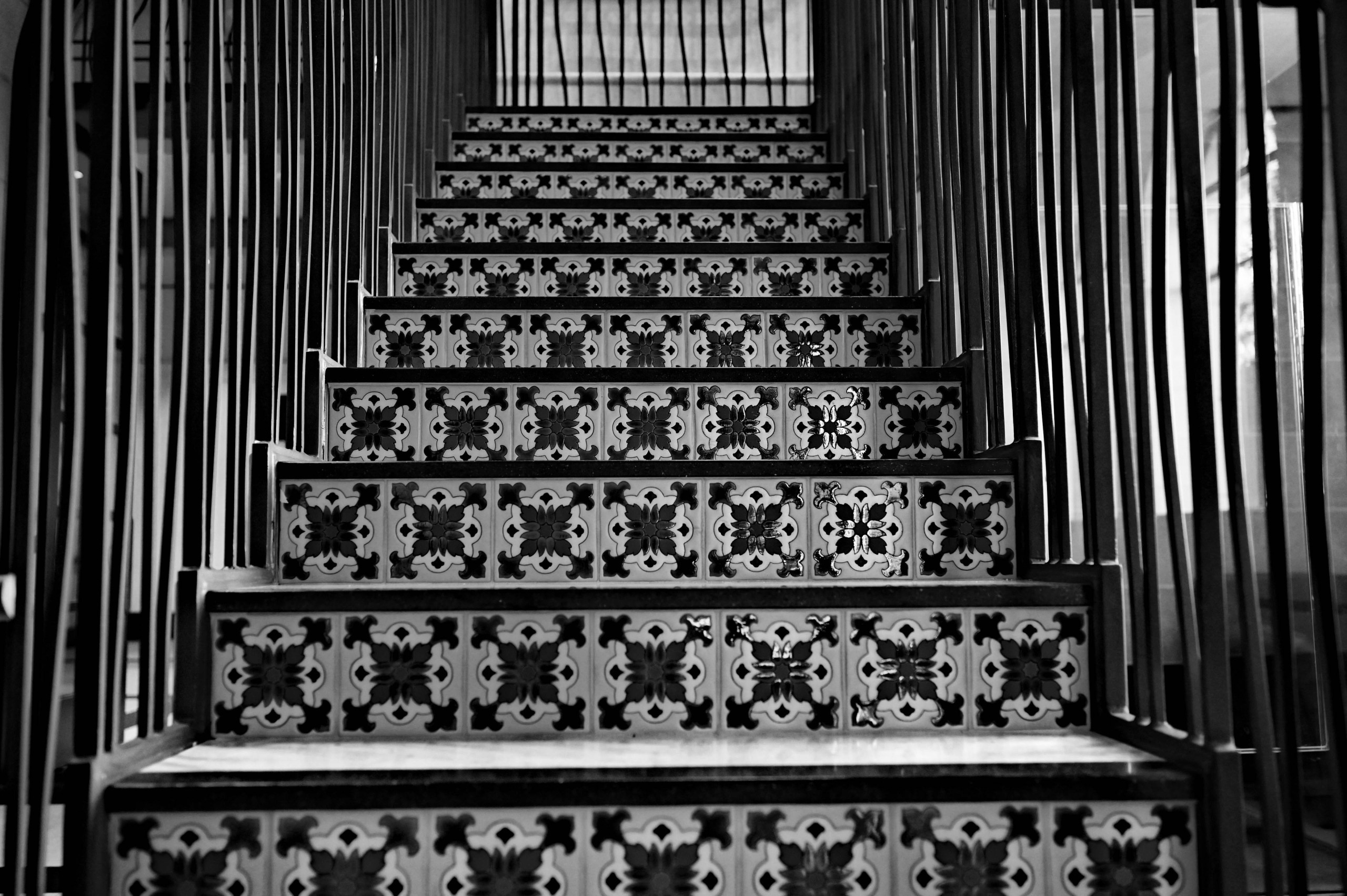
“Down these streets a man must go…” — “The Simple Art of Murder” (Kayden-Harmony Greenstein / Daily Trojan)
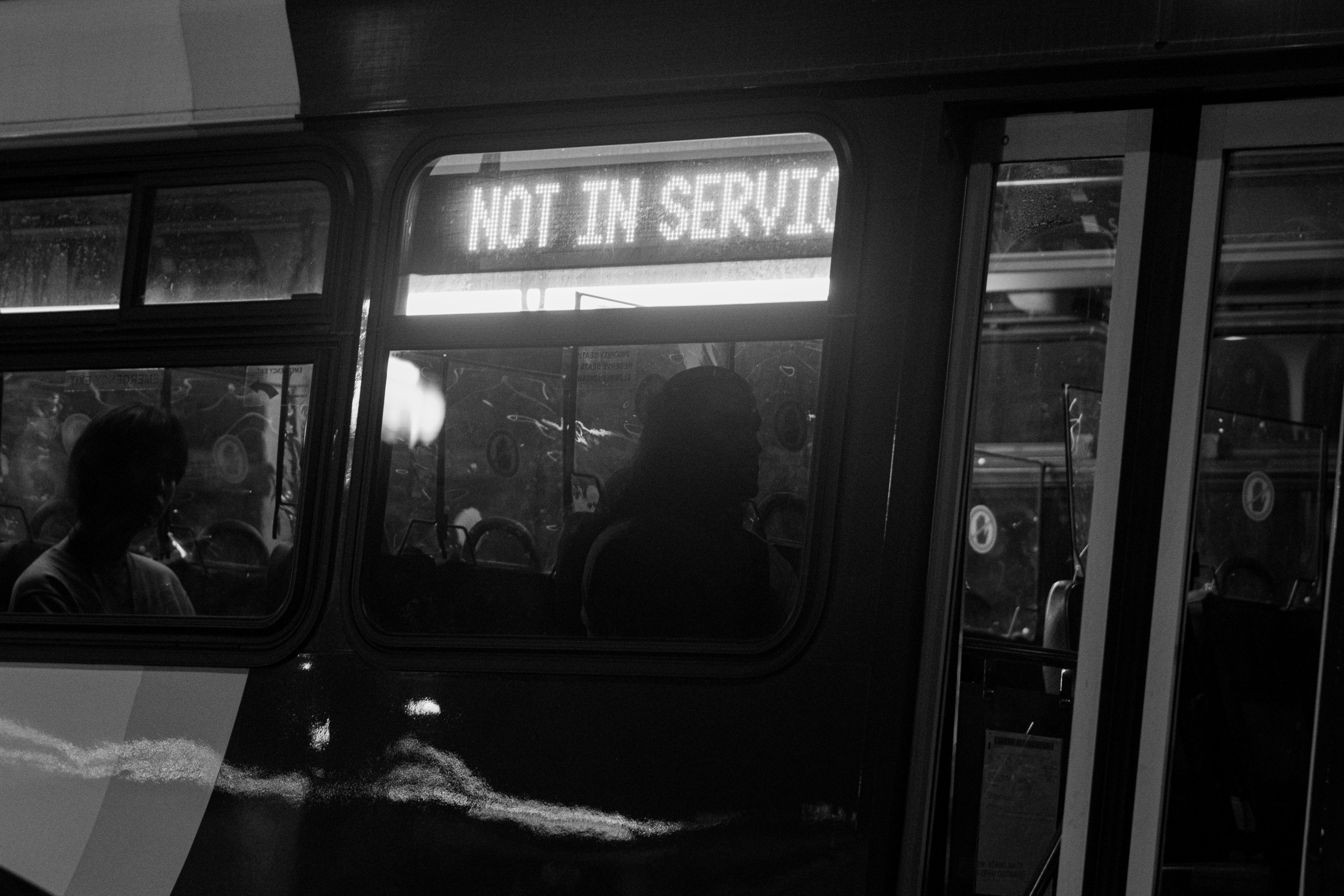
“That’s life. Whichever way you turn, Fate sticks out a foot to trip you.” — “Detour” (1945) (Ana Hunter / Daily Trojan)
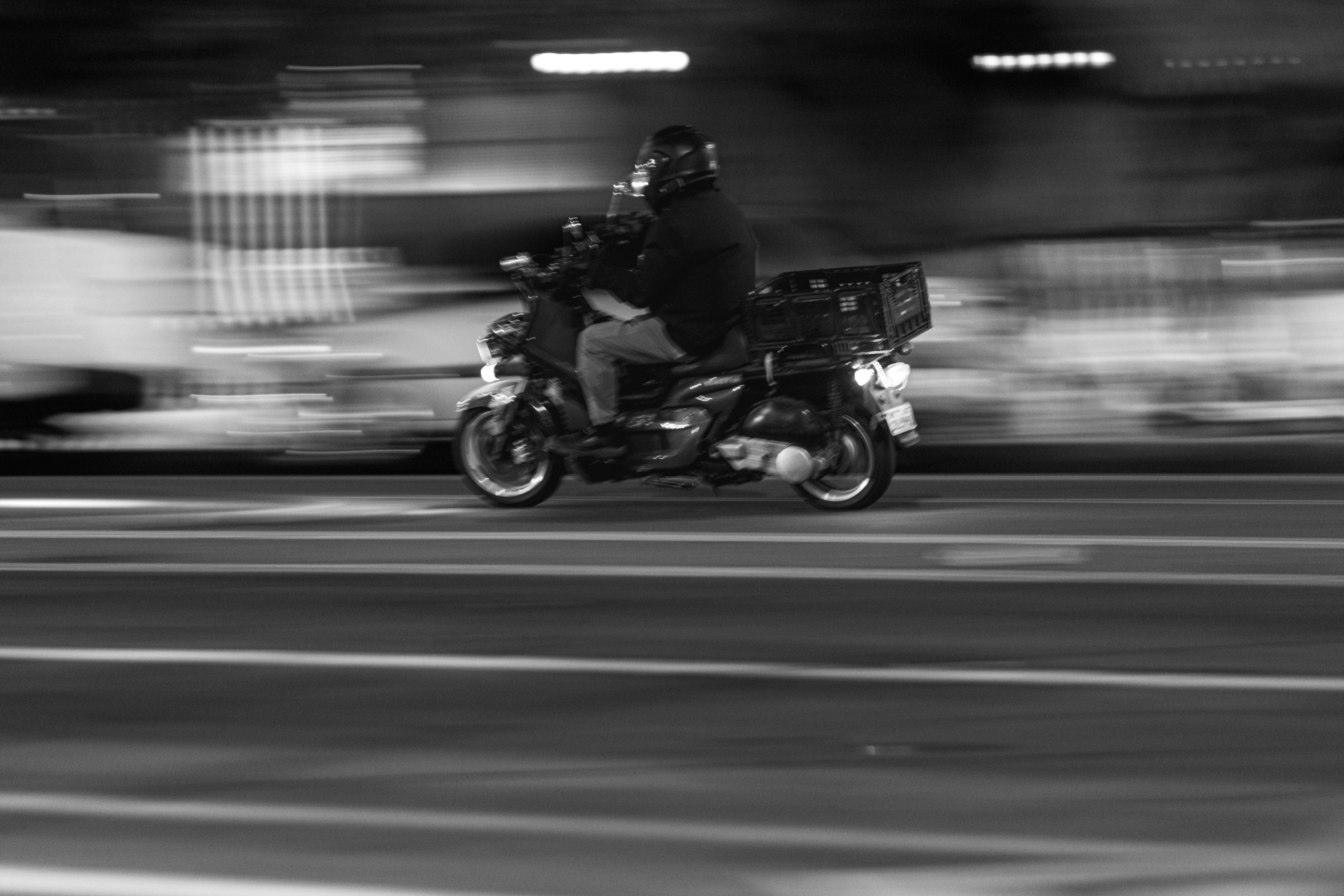
“How fast was I going, officer?” — “Double Indemnity” (1944) (Ana Hunter / Daily Trojan)

“One would think a writer would be happy here — if a writer is ever happy anywhere.” ― “The Long Goodbye” (Maryam Rahimie / Daily Trojan)
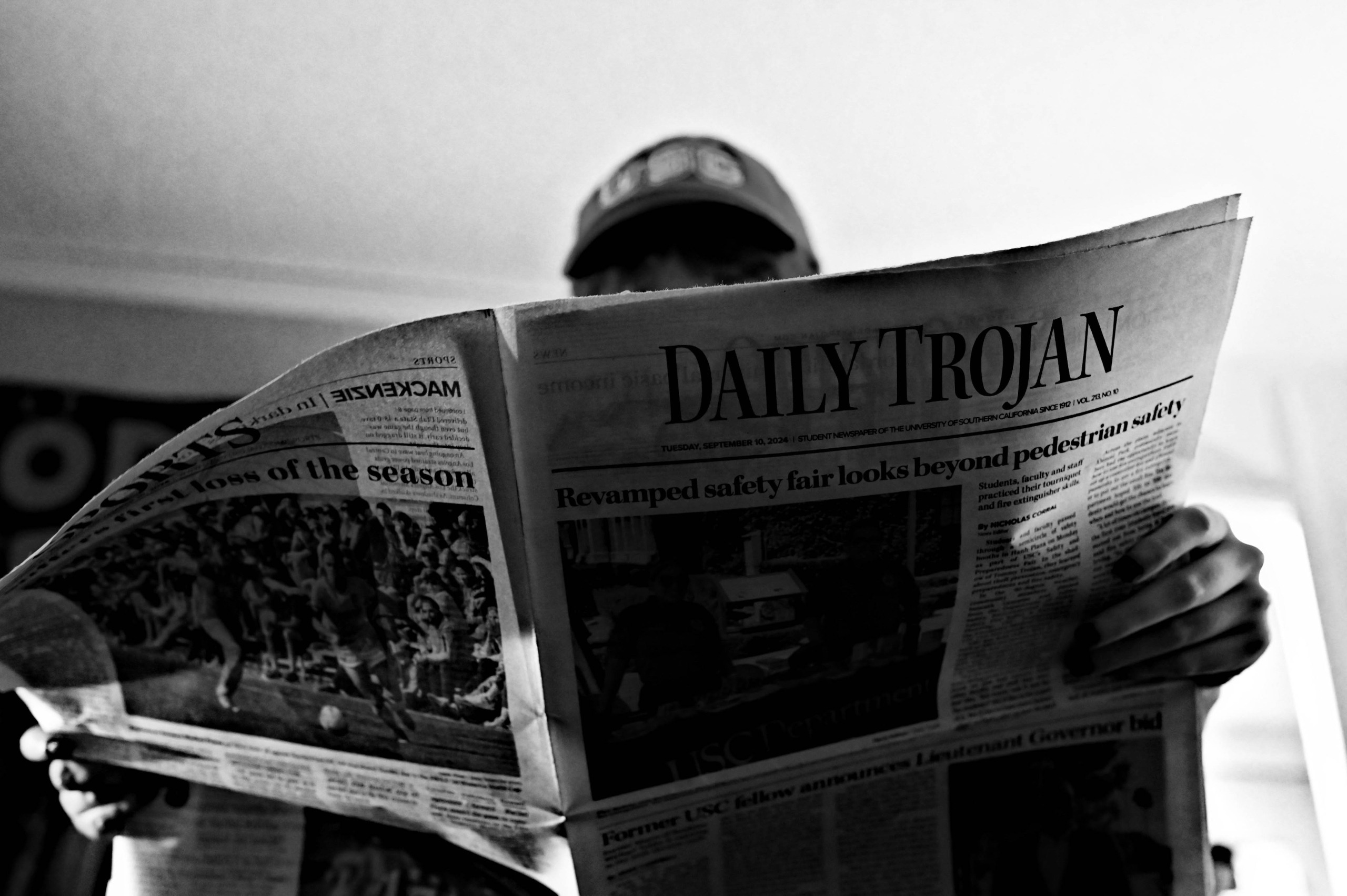
“You know, I have often thought that gangsters and artists are the same in the eyes of the masses.” — “The Killing” (1956) (Kayden-Harmony Greenstein / Daily Trojan)
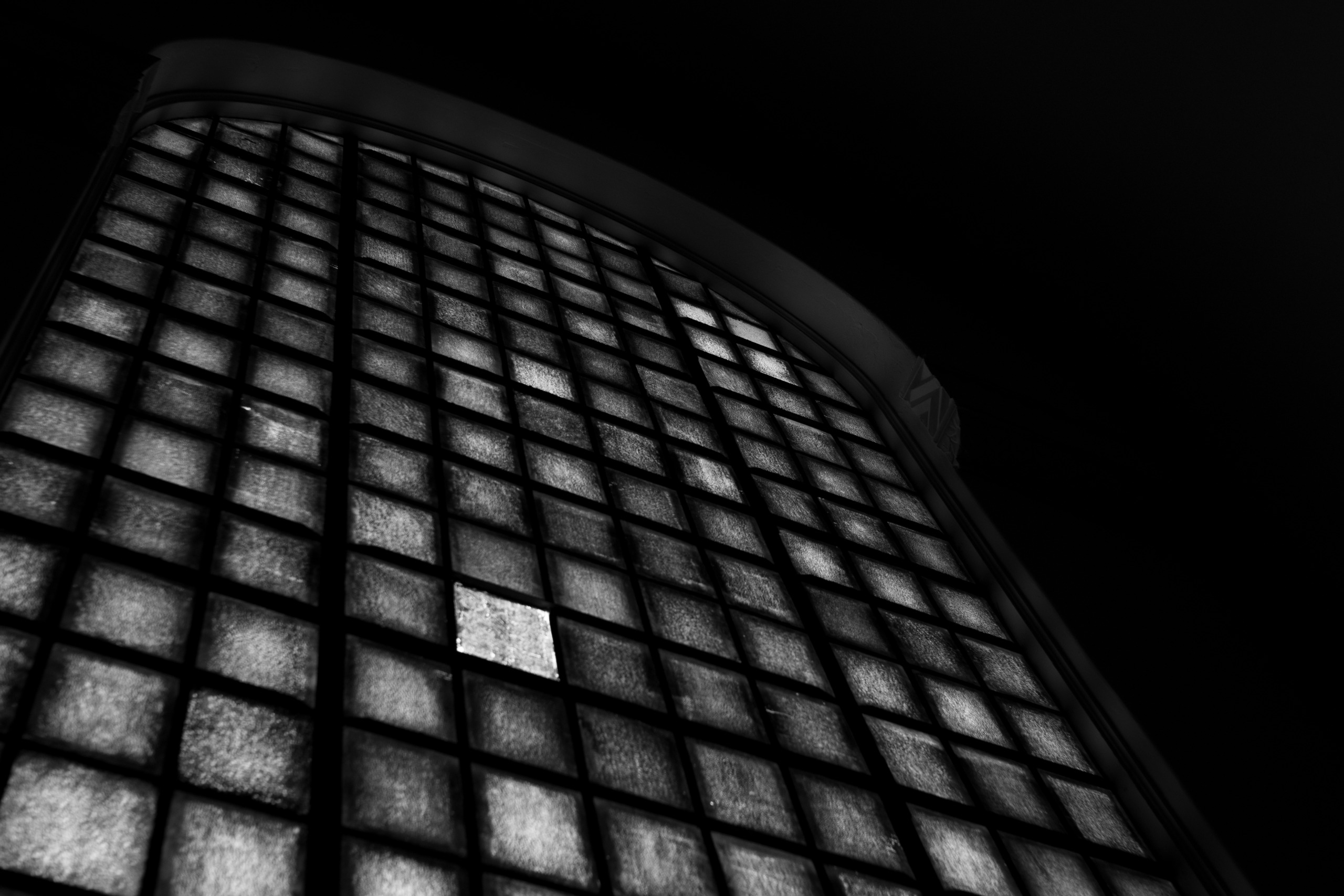
“A blonde to make a bishop kick a hole in a stained-glass window.” —“Farewell, My Lovely” (Ana Hunter / Daily Trojan)

“Maybe I’ll live so long that I’ll forget her. Maybe I’ll die trying.” — “The Lady from Shanghai” (1947) (Kayden-Harmony Greenstein / Daily Trojan)
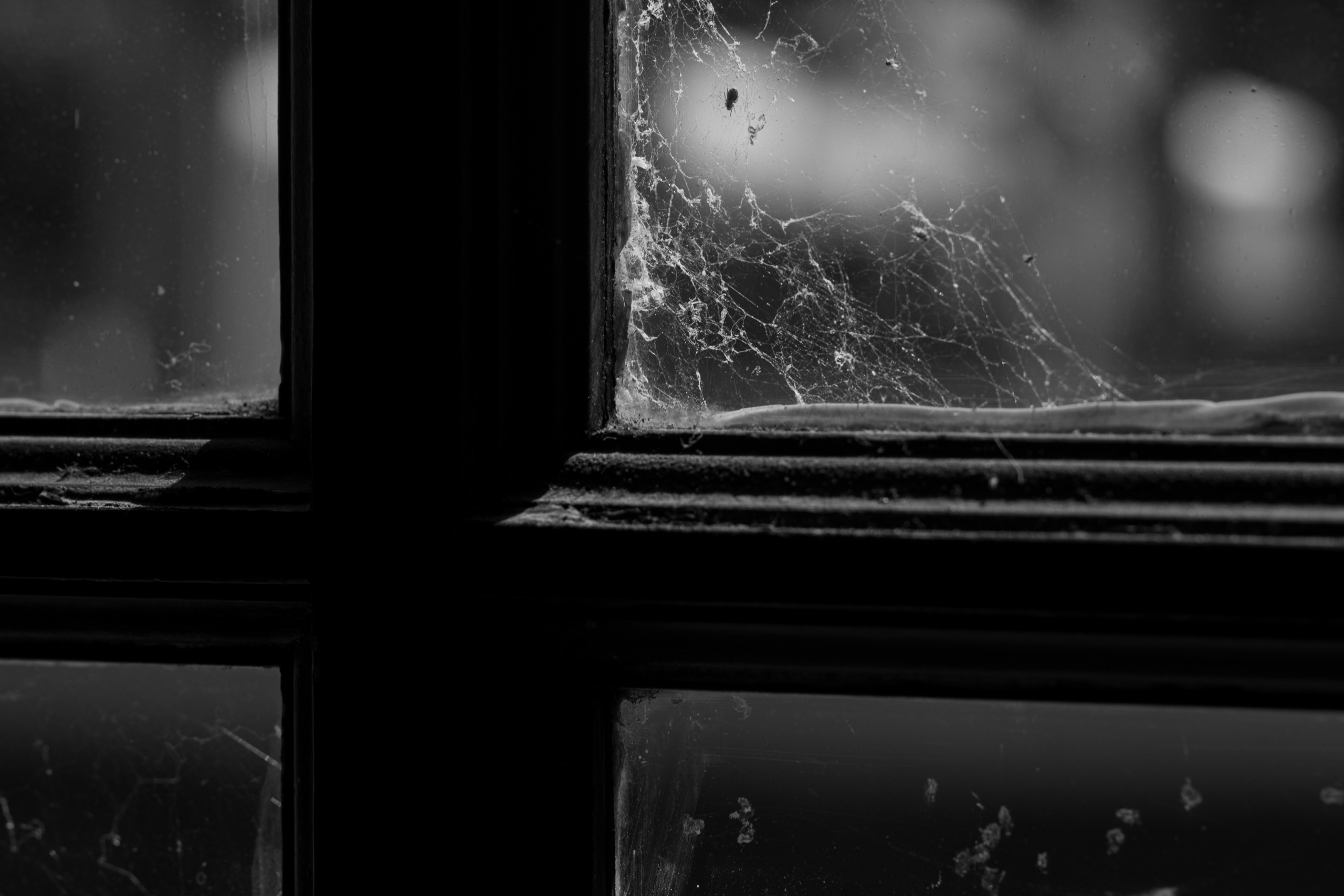
“In my universe, it’s 1933, and I’m a private eye. I like to drink egg creams, and I like to fight Nazis. A lot.” — “Spider-Man: Into the Spider-Verse” (2018) (Ana Hunter / Daily Trojan)
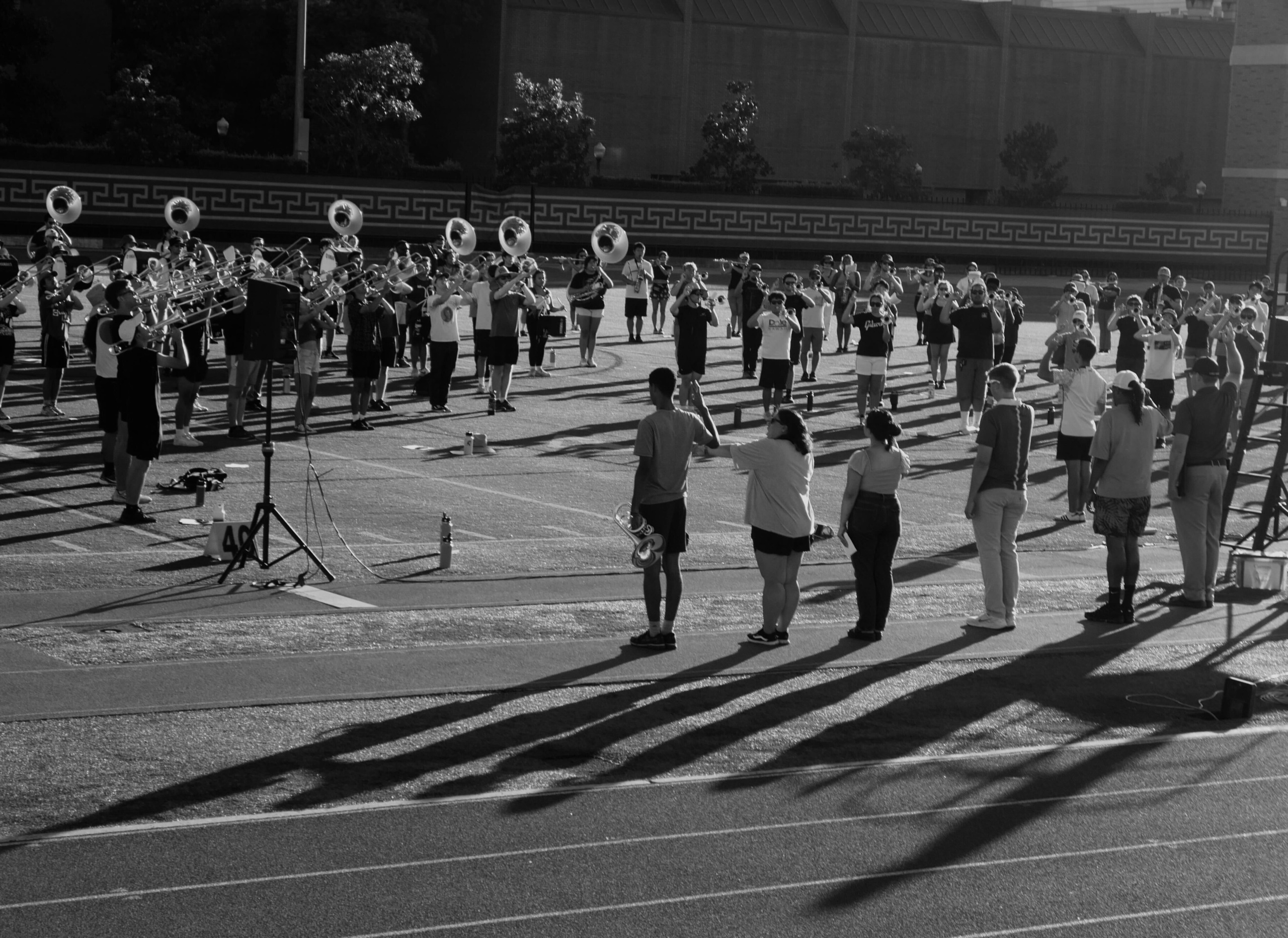
“It’s not the men in your life that count, it’s the life in your men.” — “I’m No Angel” (1933) (Maryam Rahimie / Daily Trojan)

“That’s the stuff dreams are made of.” — “The Maltese Falcon” (1941) (Ana Hunter / Daily Trojan)
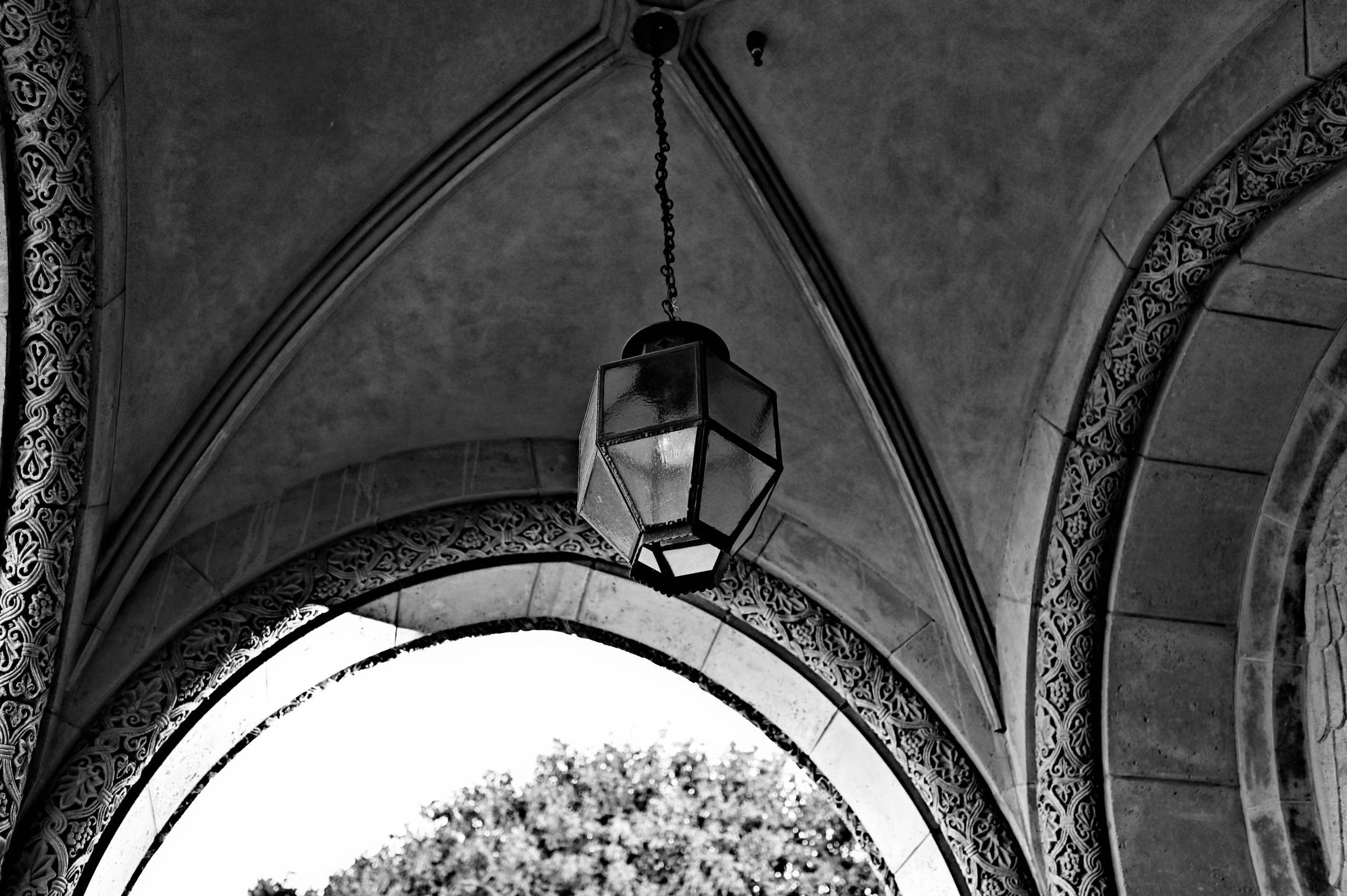
“I’m seeing something that was always hidden.” — “Blue Velvet” (1986) (Kayden-Harmony Greenstein / Daily Trojan)

“Everything written with vitality expresses that vitality; there are no dull subjects, only dull minds.” ― “The Simple Art of Murder” (Maryam Rahimie / Daily Trojan)
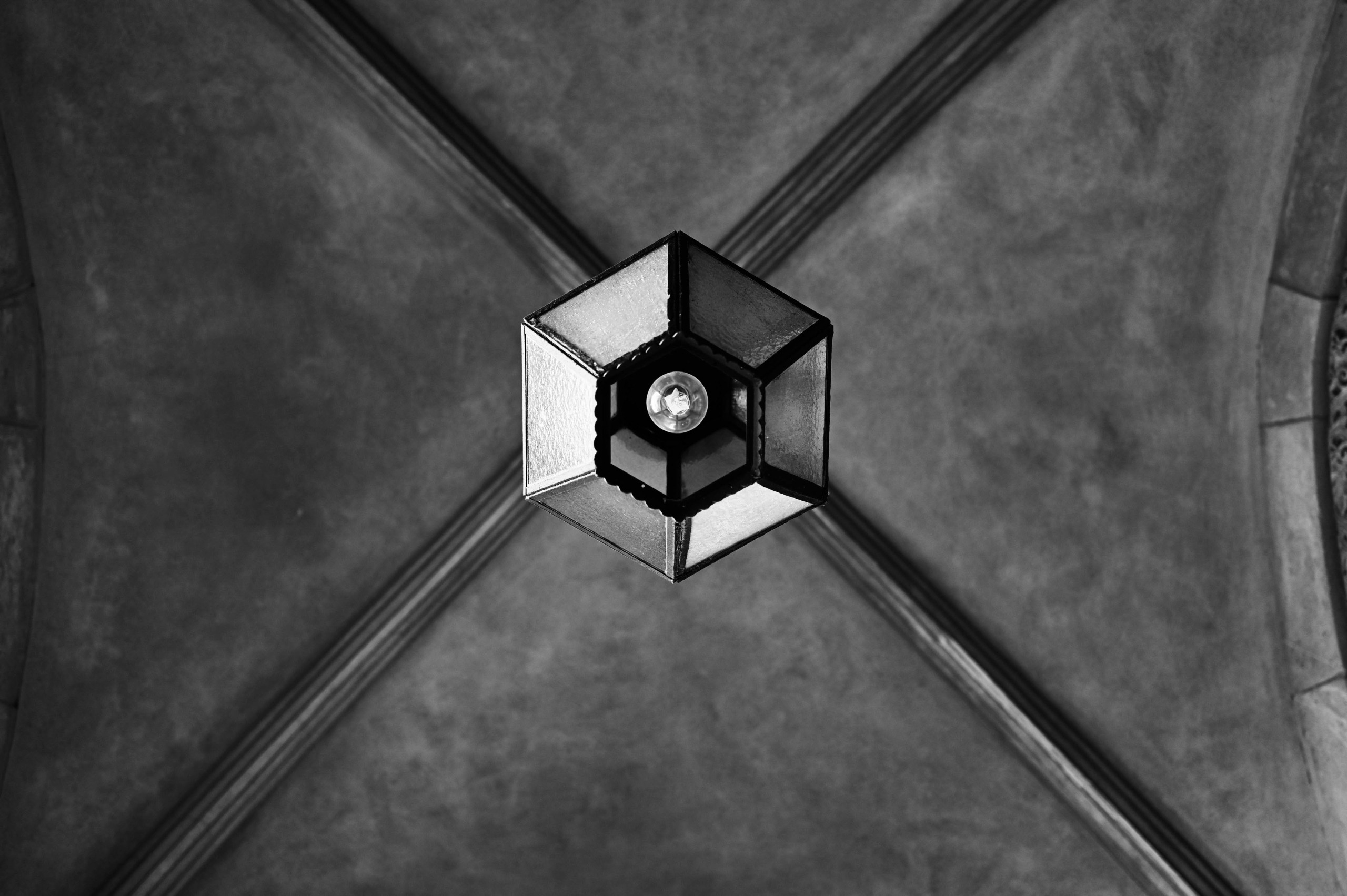
“Death’s at the bottom of everything…” — “The Third Man” (1949) (Kayden-Harmony Greenstein / Daily Trojan)
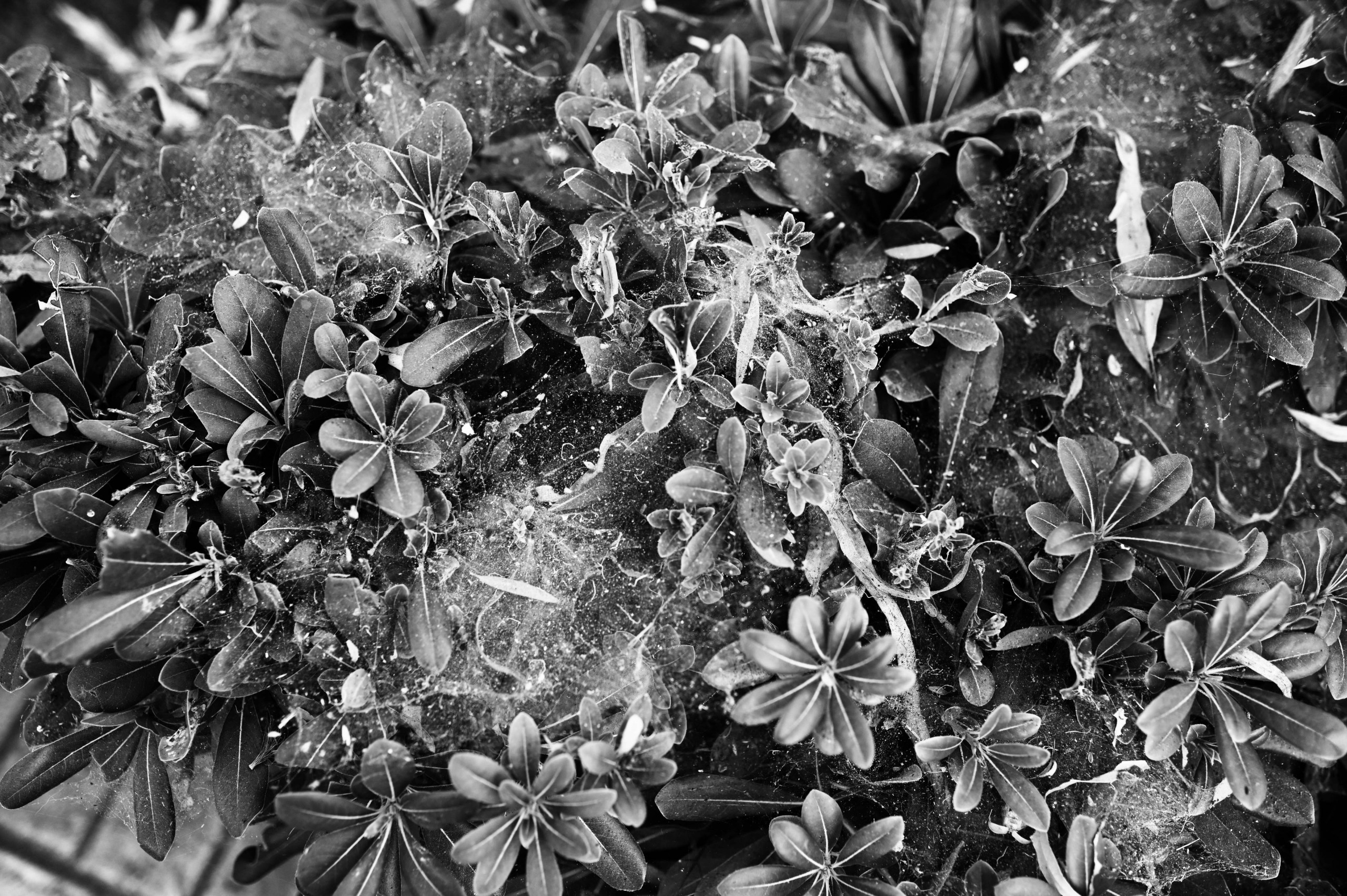
“Stricken with a kind of creeping paralysis – out of beat with the rest of the world, crumbling apart in slow motion.” — “Sunset Boulevard” (1950) (Kayden-Harmony Greenstein / Daily Trojan)

